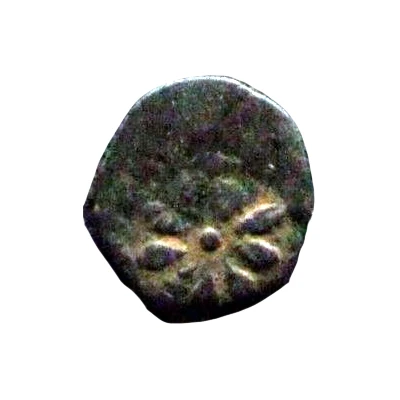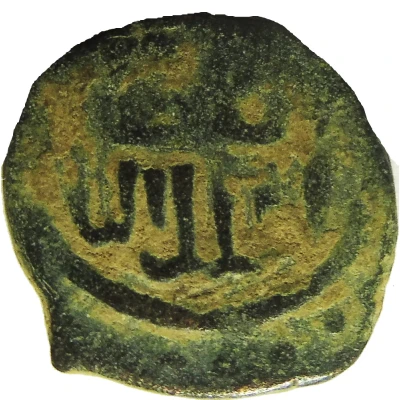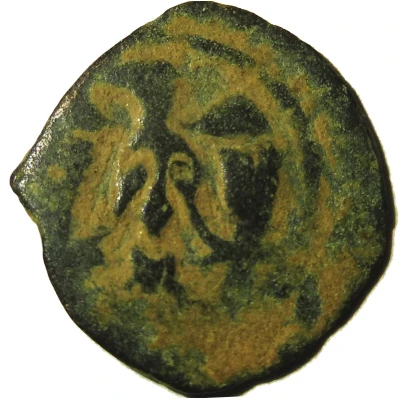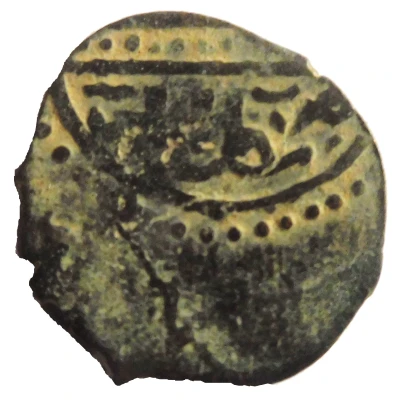
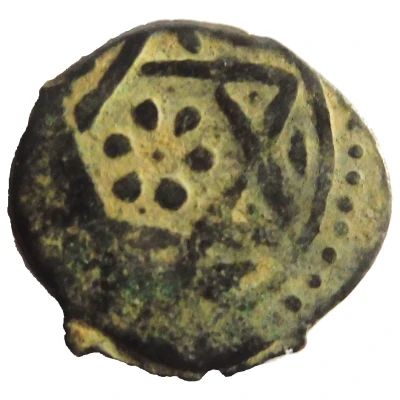

© Cycnos (CC BY-NC)
Fals - al-Nāṣir Muhammad I Trablus ND
| Copper | 2.2 g | 19 mm |
| Issuer | Mamluk Sultanate |
|---|---|
| Sultan | Muhammad I (1293-1294, 1299-1309, 1310-1341) |
| Type | Standard circulation coin |
| Years | 1310-1341 |
| Value | 1 Fals (1⁄60) |
| Currency | Dinar (1250-1517) |
| Composition | Copper |
| Weight | 2.2 g |
| Diameter | 19 mm |
| Shape | Round (irregular) |
| Technique | Hammered |
| Demonetized | Yes |
| Updated | 2024-10-05 |
| Numista | N#142384 |
|---|---|
| Rarity index | 90% |
Reverse
Inside a hexagram formed by two intertwined triangles heads spades, a flower composed of six petals and having for center a globule; bordering the whole, a circle followed by a grenetis.
Presence of a point inside each angle of the triangles and of an ornament in the fields located between the star and the circle.
Comment
First reign (1293-1294)Second reign (1299-1309)
Third reign (1310-1341)
Interesting fact
One interesting fact about this coin is that it was issued during the reign of al-Nāṣir Muhammad I, who was the seventh Mamluk sultan and ruled from 1310 to 1341. He was known for his military campaigns and his efforts to strengthen the Mamluk Sultanate, which was a powerful state that controlled much of the Middle East and North Africa during the 13th to 16th centuries. The coin's design and inscriptions reflect the Islamic culture and religion of the time, and its copper composition was a common material used for coinage in the region.

